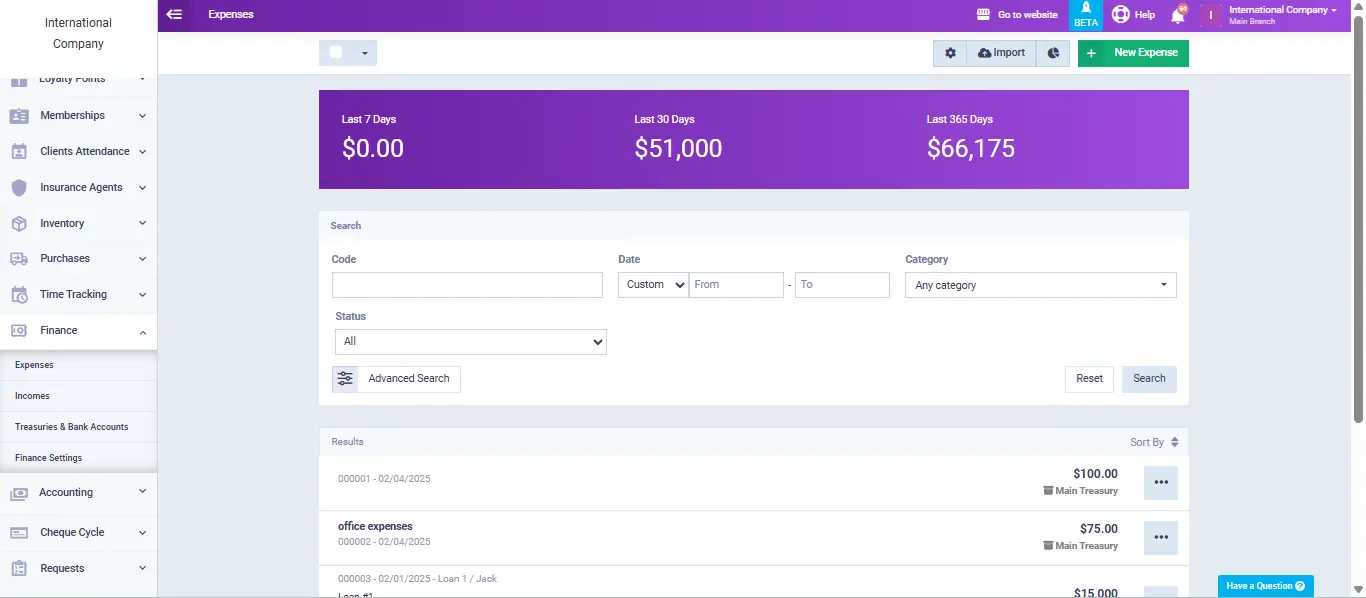Create and send online quotations and invoices, track sales, monitor staff performance, and sell & sync all your products via our POS and more.
Author : Haya Assem
Reviewed By : Enerpize Team
How To Calculate Direct Cost: Formula And Examples

Whether you're running a small manufacturing unit or offering specialized services, understanding your direct costs is essential. Direct costs are the foundation of accurate pricing, budget forecasting, and overall financial clarity. These are the expenses directly linked to producing a specific product or delivering a service, such as raw materials, labor, and other production-related inputs.
Key Takeaways:
- Understanding Direct Costs: Direct costs are expenses directly linked to producing a specific product or service, including labor and raw materials. Accurate calculation is essential for pricing, budgeting, and financial clarity.
- The formula for Direct Cost Calculation is: Direct Cost = Direct Labor Cost + Direct Materials Cost.
- Direct Labor Costs: They are calculated by multiplying the total hours worked by the hourly wage rate, including any overtime, taxes, and benefits directly related to production.
- Direct Materials Costs: They include the cost of raw materials used in production that become part of the finished product. Only materials directly tied to the product should be included.
- Total Direct Manufacturing Cost: It is the sum of direct labor and direct materials costs. This total is crucial for evaluating unit costs, setting prices, and managing production budgets.
- Importance of Accurate Direct Cost Calculation: Accurate direct cost calculations ensure competitive pricing, better forecasting, and informed decisions about profitability and resource management.
Calculating Direct Cost Formula
To determine the direct cost of a product or service, you’ll need a straightforward formula that includes all relevant, traceable expenses:
Direct Cost = Direct Labor Cost + Direct Materials Cost
This formula helps businesses estimate the cost of manufacturing or delivering a single unit of product or service. Unlike indirect costs (like rent, utilities, and management salaries), direct costs are easy to link to specific projects or products.
Formula breakdown:
- Direct Labor Cost: The wages and benefits of employees who physically create the product or deliver the service.
- Direct Materials Cost: The raw materials and components used directly in the production process.
How To Calculate Direct Cost
With the formula clearly defined, the next step is to apply it methodically. Below is a structured breakdown of the process involved in calculating direct costs, ensuring each component of labor and materials is accurately identified and measured. This approach helps maintain consistency and clarity in cost reporting across all projects or products.
1- Identify Direct Labor Costs
Start by listing all employees who are directly involved in production or service delivery, excluding roles like administration or supervision. Calculate the total hours worked by these employees, then multiply by their hourly wage rate. Include any applicable overtime, bonuses, or benefits directly related to the production process.
To calculate:
Direct Labor Cost = Hours Worked × Hourly Rate
2- Calculate Direct Materials Costs
Identify all raw materials used directly in the production of your product or service. Only include items that are part of the final product. If you purchase materials in bulk, allocate the appropriate cost per unit based on usage.
To calculate:
Direct Materials Cost = Sum of Material Purchase Costs
3- Add Up Total Direct Manufacturing Costs
Finally, sum the direct labor and direct materials costs to get the total direct cost for the product or service. This total is essential for pricing decisions, budgeting, and ensuring financial accuracy in cost reporting.
Total Direct Cost = Direct Labor Cost + Direct Materials Cost
Read Also: How to Calculate Cost of Goods Sold

Example of Calculating Direct Costs
Let’s consider an example from a product-based business. Imagine you run a small woodworking business and need to determine the direct cost of producing a single handmade wooden dining chair. This example will walk you through the process of calculating both direct labor and direct materials costs for a clear understanding of how these components contribute to the overall production cost.
Direct Labor:
- Craftsperson works 5 hours on each chair.
- Hourly wage = $20
5 × $20 = $100
Direct Materials:
- Wood: $40
- Nails and screws: $10
- Varnish and tools used per chair: $15
Total Materials = $65
Final Direct Cost:
$100 (labor) + $65 (materials) = $165
So, the direct cost per dining chair is $165.
Understanding this allows you to price your product with a clear markup and control your profit margin more effectively.
Read Also: How to Calculate Overhead Costs
Automate Direct Cost Calculating with Enerpize
Calculating direct costs manually can be time-consuming and prone to errors, especially when dealing with multiple projects, fluctuating material costs, or a large workforce. That’s where Enerpize cloud-based accounting software comes in. Enerpize is a comprehensive business management system designed to streamline operations across accounting, sales, inventory, HR, and more. It offers an intuitive interface that enables businesses to monitor financial data, track expenses, and generate real-time reports all in one centralized system.
Enerpize allows you to:
- Track direct labor costs in real time using time logs and payroll integration.
- Record material usage and assign costs to specific products or services.
- View automatic reports and analytics to compare actual vs. estimated costs.
- Manage inventory and purchase costs efficiently.

FAQs About Direct Cost Calculating
How to calculate direct labor cost?
To calculate direct labor cost, apply the following formula:
Direct Labor Cost = Hours Worked × Hourly Rate
Be sure to account for any additional costs, such as payroll taxes, overtime pay, and employee benefits, that are directly related to the employee’s production work. These additional costs can significantly influence the total direct labor expense and must be included for an accurate calculation.
How to calculate direct materials cost?
List all raw materials used directly in the production or creation of the final product or service, and calculate the cost of each material based on the quantity used. Ensure that only materials that become part of the finished product are included. The total cost should reflect the sum of all these materials’ costs.
Direct Materials Cost = Total Raw Material Costs per Unit
How to calculate total direct manufacturing cost?
To calculate the total direct manufacturing cost, simply add the direct labor costs to the direct materials costs. This gives a complete overview of the direct costs incurred in the production process, which is essential for evaluating unit costs and making informed pricing decisions.
Total Direct Manufacturing Cost = Direct Labor + Direct Materials

Calculating direct cost is easy with Enerpize.
Try our accounting module to calculate direct costs accurately.







